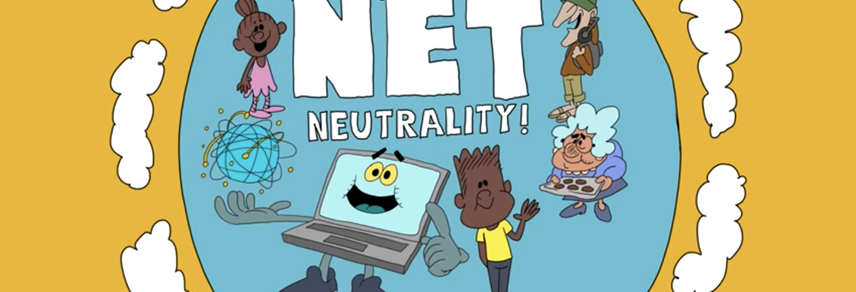
CORPORATE ANIMATION STILL AWESOME, BUT VULNERABLE TO CLICHÉ, RESEARCH SAYS
In our autumn roundup, we examine events, interviews and news that took place in the last quarter of 2018. On 13 November, Gorilla Gorilla! hosted an event examining its annual video research, exploring best practice in corporate film
Over the past few years, the use of video online has exploded. Similarly, the use of animated film in corporate communications has become more habitual across most sectors. Now, businesses have an average of 300 videos on their social channels. But, that doesn’t mean it’s all quality film.
Each year, animation and video production company Gorilla Gorilla! examines the use of film in corporate communications, determining the top businesses, top videos and exploring trends related to video content in its ‘Awesome Animation’ research. The content evaluated was all specifically produced for social channels, rather than reformatted from a TV or other format.
Through its research, Gorilla Gorilla! found that 76% of companies use videos, an increase from 56% of businesses who used video last year. Broad level trends include an increase in the use of stop-motion animation, design clichés like faceless animated people and cheerful guitar-led music.
Those trends made the top 10 stand out from the pack. Highlights included WeTransfer’s campaign for net neutrality which included a bespoke earworm tune that could rival Australia’s ‘Dumb ways to die’ video for catchiness. It placed first in the ‘Awesome Animation’ rankings. It didn’t hurt that WeTransfer took a stand for something that fit with its brand and, in terms of content, “put animation at the heart of its brand,” according to Gorilla Gorilla! founder Dean Beswick.
Ikea ranked highly for its unique approach to stop motion and Shire was lauded for its ability to simplify a complex subject for viewers. Others in the top company slots were IBM, Google, Cisco and Facebook. Moleskine joined Ikea as the best films of the year for its joyful, on-brand and creative letter-driven social film.
The research also found that companies are now developing content based on what they thing is required by each channel. There is less repurposing of content across multiple channels. The result is more engaging film that drives more awareness. But, one of the challenges remains to get companies to work outside the trends and to push further outside the brand palette than they currently do, as much of the animation work still being produced is homogenous.
